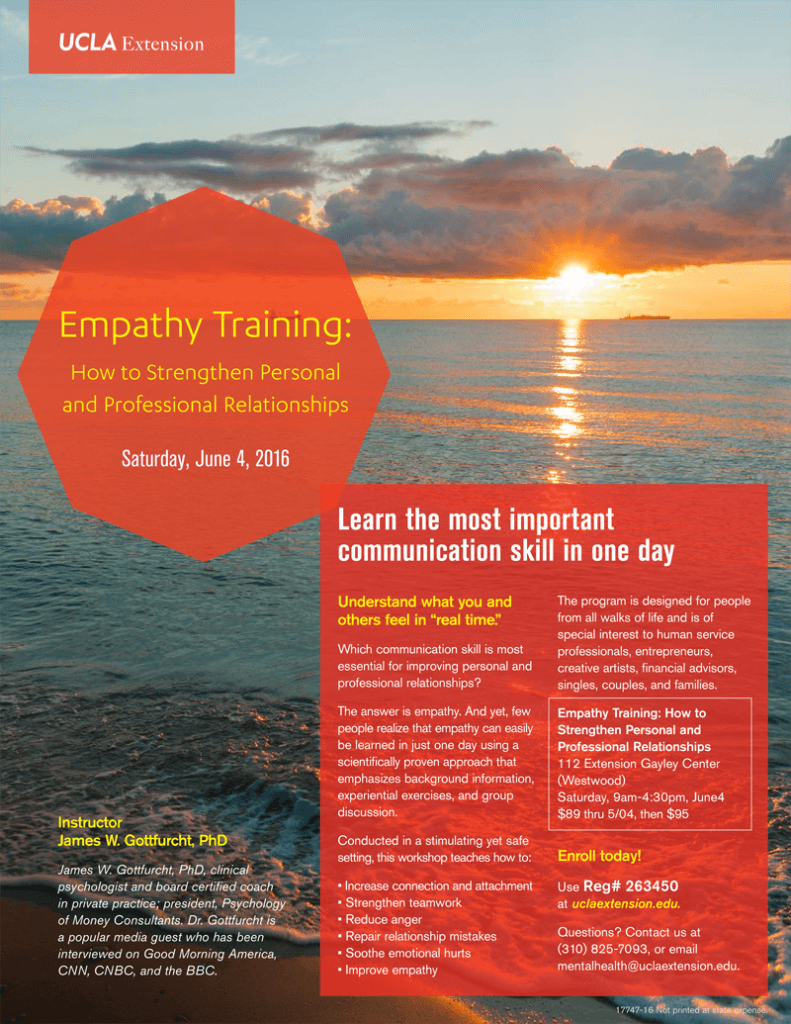



In the last blog, we introduced the six psychological money traps people use to undermine financial and life success, the RAPIDS, which are: Rationalization, Avoidance, Projection of Blame, Idealization, Denial and Splitting.
We suggest you read or re-read the previous blog before reading more today. The following two paragraphs represent only a partial review from that blog.
It is human nature for everyone to use six RAPIDS psychological money traps at different times to protect ourselves from unpleasant or painful experiences with money. When our stress levels are low, we tend to use the money traps less often and to smaller degrees. With high stress, the reverse is true. So during periods of economic turmoil like today, most of us are riding in the RAPIDS more often than we would like.
We can benefit by learning to recognize the traps before they have much of an impact on our financial decisions and behavior. Since they begin as blind spots, this can be a challenging task. However, we can explore to see if our financial behavior represents a psychological money trap or not by:
Today’s trap is: R is for Rationalization

          Rather than to admit a mistake or to feel the hurt of a financial loss, we devise a reason why it isn’t a mistake or doesn’t hurt. In Aesop’s fable, after the fox can’t reach the higher, sweeter grapes, he says they were probably sour anyway.
Coaching Client Example: Although the following example from our coaching practice is about how to navigate over-spending, the same Psychology of Money tools can be applied to any financial, career or life area where people use Rationalization to undermine their success. This client was a fifty-five year old wealth manager who was a senior vice president of a bank. Ironically, like many people who have careers in helping others financially, she had a money issue herself. She had a strong tendency to engage in impulse buying of items she did not truly need. When she felt nervous, stressed out or deprived, her anxiety drove her to buy something impulsively that she didn’t really need or would rarely use (e.g. a piece of clothing, furniture, jewelry, etc.)
After we explored her potential use of Rationalization with a number of impulsive purchases, she realized she didn’t really use the items or like them as much as she had thought. She also admitted that within one or two days of the purchases, she usually began to feel guilt, shame or regret.
To Navigate R: Following her coaching appointment, the next time she felt tempted to buy something on impulse, she agreed to walk out of the store immediately. She also made a commitment to ask herself the following types of questions:
The very next day, she walked into a jewelry store and wanted to buy a five-hundred dollar necklace. She immediately walked out of the store. She realized she felt deprived from over-working and anxious about the financial condition of the bank. She wanted to buy the item now because it would quell her anxious and deprived feelings. In psychology, we call this behavior self-medicating because its purpose was to help her to feel better like when taking a medication.
She knew if she bought the necklace, she would very likely feel bad afterward. Also, the purchase would probably provoke her husband since he had expressed financial concerns that morning. Both of these outcomes were contrary to her financial goals and values. She thought she would enjoy the item but also knew she had a number of beautiful necklaces.
Since she was alone, she called her best friend who recommended she talk to her husband before buying it. Her friend’s responses made it crystal clear that buying the necklace would have been engaging in Rationalization.
At this point, she was okay with not buying the necklace right away, but she still needed to do something to take the edge off of her feelings. She thought about what else she could buy herself that cost the same or less. As she walked past a movie theater, she recognized a film she wanted to see and felt a craving for popcorn. She walked into the theater and spent twelve dollars including the popcorn. She was curious how she would feel about not purchasing the necklace after the movie. She loved the movie (and the popcorn) and was surprised that her anxious and deprived feelings did not return. She felt proud that her exercise resulted in saving her over five-hundred dollars including tax. As a bonus, her husband appreciated so much the story of how she handled the necklace that he prepared a surprise candlelight dinner for them that night.
Our next blog will be about Avoidance, the most frequently used of the six RAPIDS.
Search for

Recent Posts